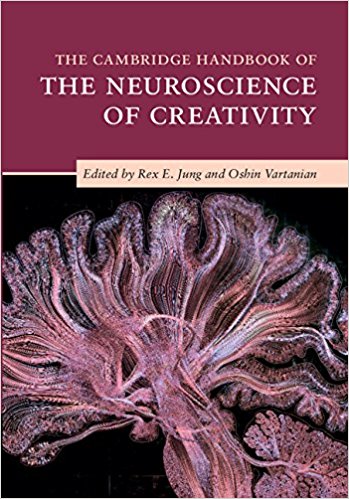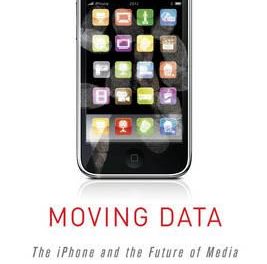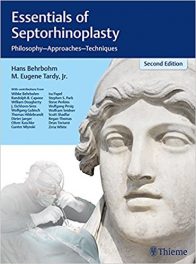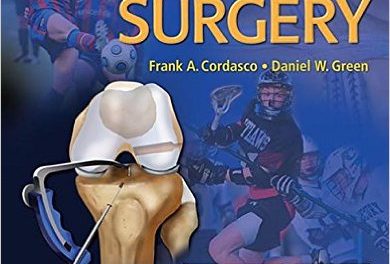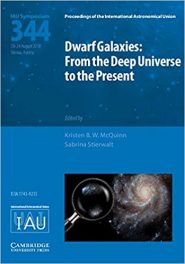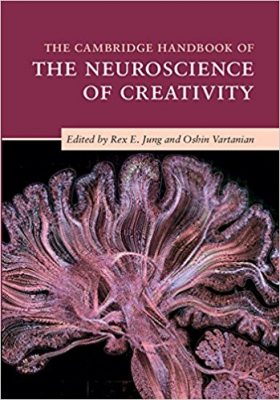 Editors: Rex E. Jung and Oshin Vartanian
Editors: Rex E. Jung and Oshin Vartanian
Publisher: Cambridge University Press – 553 pages
Book Review by: Nano Khilnani
J.P. Guilford, known for developing the psychometric study of human intelligence, including the distinction between convergent and divergent production, called on researchers in psychology, almost 70 years ago in 1950, as president of the American Psychological Association, to conduct empirical research studies on the important subject of creativity, that had led to much progress in many sectors of society such education, government, and industry. He was looking for answers to questions such as these below and other similar ones:
- What are the common psychological features among people who have a creative mind?
- What are their backgrounds since birth, and what made them creative?
- What are some of the physical characteristics in the brains of these creative people?
His was a clear call – in contrast to the predominant trend among others to focus on studying intelligence as being the main path to studying and understanding the elusive genius – to search for factors that lead to creative cognition. And there were no tests yet to measure and test creativity. In contrast, tests to measure intelligence, such as the Intelligence Quotient or IQ test, already existed then.
Guilford also developed in 1955 the Structure of Intellect (SI) theory which looked at six intellectual processes:
- Cognition – ability to understand, comprehend, discover, become aware of information
- Memory recording – ability to encode information
- Memory retention – ability to recall information
- Divergent production – ability to generate multiple solutions to a problem: creativity
- Convergent production – ability to deduce a single solution to a problem: rule-following or problem-solving
- Evaluation – the ability to judge if or not, a piece of information is accurate, consistent, or valid
Guilford pointed out that creativity is difficult to study due to several factors, including the rare incidence of extremely creative acts; the ‘accidental’ nature (i.e. environmental factors) of many discoveries and inventions; and the possible overlap between notions of intelligence and creativity. The distinctions between these two characteristics have become clearer over the years.
In this book, the authors Drs. Rex E. Jung and Oshin Vartanian lead a group of 45 experts on the psychology of human intellect in taking a close look at the neuroscience of creativity.
They point out some good news at the outset in their Introduction: the volume of information on creativity has been growing rapidly. In 1950, the number of published documents found in Psychological Abstracts that related to the key words – creativity, imagination, originality, thinking, and tests in these areas – were only 186, representing only a measly 1.5 tenths of one percent among 121,000 titles listed.
But between 1960 and 2018 when this book was published (a span of 58 years), that number with the same key words had soared to 5,481 documents, representing four-tenths of one percent among the 1,401,060 documents found. The number and percentage of the articles and documents relating to creativity have dramatically increased. We are beginning to understand creativity better and better.
Some of that information about, and understanding of human intellect, particularly relating to creativity, has been accessed, if not written about, by the contributing writers of this book.
These specialist researchers from around the United States and eight other countries – Austria, Canada, France, Israel, Japan, New Zealand, Sweden, and the United Kingdom – have authored the 30 chapters of this book, organized into eight Parts, namely:
- Part I. Fundamental Concepts
- Part II. Pharmacology and Psychopathology
- Part III. Attention and Imagination
- Part IV. Memory and language
- Part V. Cognitive Control and Executive Functions
- Part VI. Reasoning and Intelligence
- Part VII. Individual Differences
- Part VIII. Artistic and Aesthetic Processes
The topics covered in the chapters of this book is of a wide range, yet focused on understanding inter-relationships between the creativity that some individuals possess and other factors in those same individuals.
For example, empirical research has shown:
- Individuals with certain mental illnesses had a higher incidence of creativity
- Basal alpha levels were found to relate to differential performance across creativity and intelligence measures
- High levels of artistic creativity have emerged in certain people with fronto-temporal dementia
- The presence of certain personality characteristics in people who have high levels of creativity
There is so much to discover in this important book presenting hundreds of research studies on human intellect and creativity. It’s a highly authoritative reference source for neurologists treating patients with certain brain injuries and other conditions, for psychologists working in the area of human intelligence and creative cognition, for students intending to work in these fields, or anyone just plainly interested in this fast-growing area of research.
Editors:
Rex E. Jung received his PhD in Clinical Psychology from the University of New Mexico with specialty training in clinical neuropsychology. He is a clinical professor in the Department of Neurosurgery at the University of New Mexico, and private practice, with current duties focused around neuropsychological assessment during awake craniotomy.
He has published research articles across a wide range of disciplines, including traumatic brain injury, systemic lupus erythematosus, schizophrenia, intelligence, creativity, and genius. His research has been funded by the national Institutes of Health, the National Endowment for the Arts, DARPA< and the John Templeton Foundation. He is on the editorial boards of several journals including Intelligence, PlOs ONE, Frontiers in Neuropsychiatric Imaging and Stimulation, and the Creativity Research Journal.
Oshin Vartanian received his PhD in Psychology from the University of Maine. He is a Defense Scientist at Defense Research and Development Canada, and an Adjunct Assistant Professor in the Department of Psychology at the University of Toronto. He is the coeditor of Neuroaesthetics (Baywood), Neuroscience of Decision-Making (Routledge), and Neuroscience of Creativity (the MIT Press).
He is the editor of Empirical Studies of the Arts, and serves on the editorial boards of Creativity Research Journal, Thinking Skills and Creativity, and Psychology of Aesthetics, Creativity, and the Arts. He is the recipient of the Daniel E. Berlyne Award from Division 10 of the American Psychological Association for outstanding research by a junior scholar for his work on the neuroscience of creativity and aesthetics.

